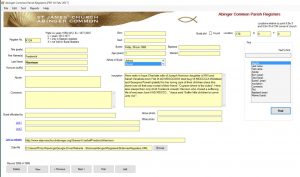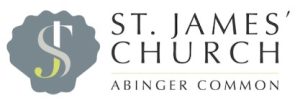
The Abinger Parish registers are retained in a purpose-built database written by Philip Rawlings.
Sources include:
Some reports from the database are shown below, other sorts and selections are available.
Records of baptism, marriage and burial are held at the Surrey History Centre, 130 Goldsworth Road, Woking GU21 6ND as below:
| Baptisms | 1559-1898 1813-1840 1559-1812 | Originals Printed Transcript |
| Marriages | 1559-1959 1813-1849 1559-1812 | Originals, Microfiche Printed Transcript |
| Burials | 1813-1840 1840-1877 1559-1812 | Transcript Original, scan Printed |

If you would like to apply for a Login account to help update this site, please email the web team here.